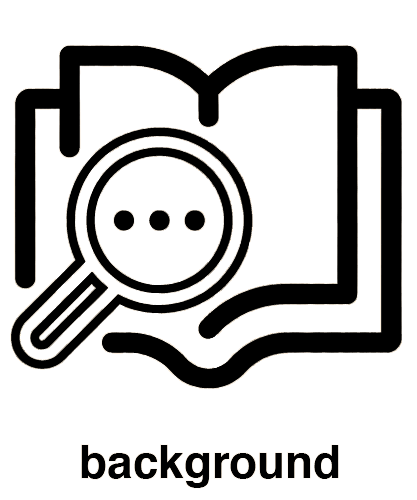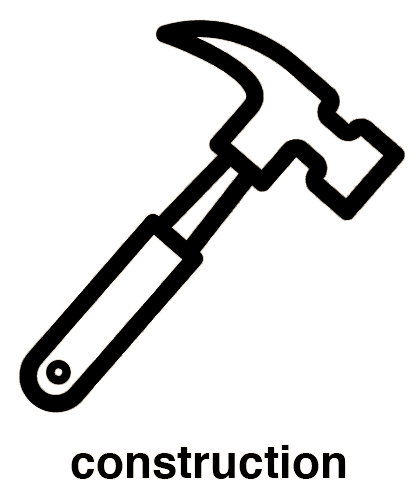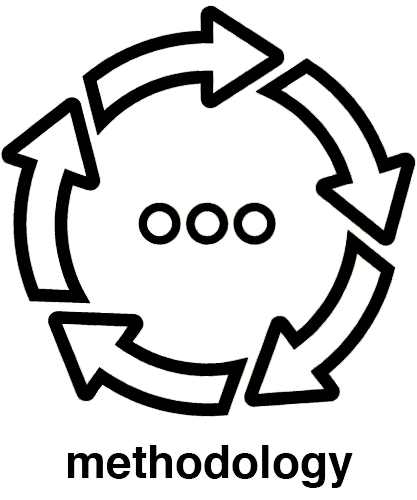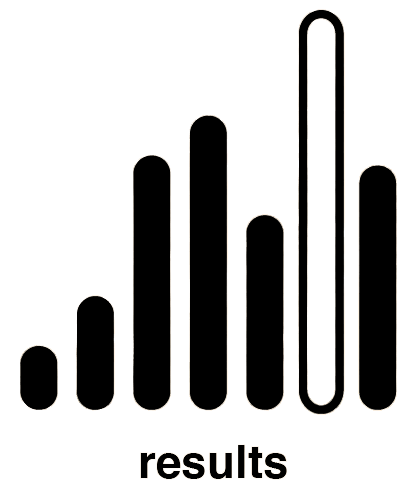-
Projects
- Environment Box
- Passive Refrigeration
- Water Cooling
- Fog Catching
- Roof Geometries
- Optimal Insulation
- Cooler Windcatcher
- Green Machine
- Mitigating Humidity
- Convective Air Flow
- Styrene Reuse
- Thermal Reflection
- ETFE Rigidification
- Phase Change Materials
- Polar Reflection
- Cavity Depth Variation
- Vapor Permeability
- Algae Facade
- Moisture Buffering
- Engineered Geometries
- Recycled Desiccant Materials
- Living Wall
- Solar Shading Facades
- SHADESin.reACTION
- Low-Fab Dehumidification
- Breathing Wall
- Urban Heat Island
- Acoustical Design
- Latent Heat of PCM's
- Insulative Qualities of Air
- About
- Lectures
- Assignments
- Workshops
- Syllabus
- Resources
Just as thermal mass can mitigate diurnal temperature swings by absorbing heat during the day and releasing it at night, hygroscopic materials such as wood can smooth out short-term variations in humidity by absorbing water vapor when the air is wet and releasing it when the air becomes dry. This moisture buffering ability means that wood can be used as a passive strategy for maintaining human comfort inside buildings — a strategy that does not require the use of energy-intensive equipment such as fans or air conditioning units.
However, wood is seldom left exposed once construction is complete. Typically, it covered in or treated with some other kind of material, such as paint, oil, or varnish. These materials, known as finishes, alter the physical properties of the wood to which they are applied, including its hygroscopic capabilities. How do these finishes affect wood's to absorb and release water vapor?
However, wood is seldom left exposed once construction is complete. Typically, it covered in or treated with some other kind of material, such as paint, oil, or varnish. These materials, known as finishes, alter the physical properties of the wood to which they are applied, including its hygroscopic capabilities. How do these finishes affect wood's to absorb and release water vapor?
|





